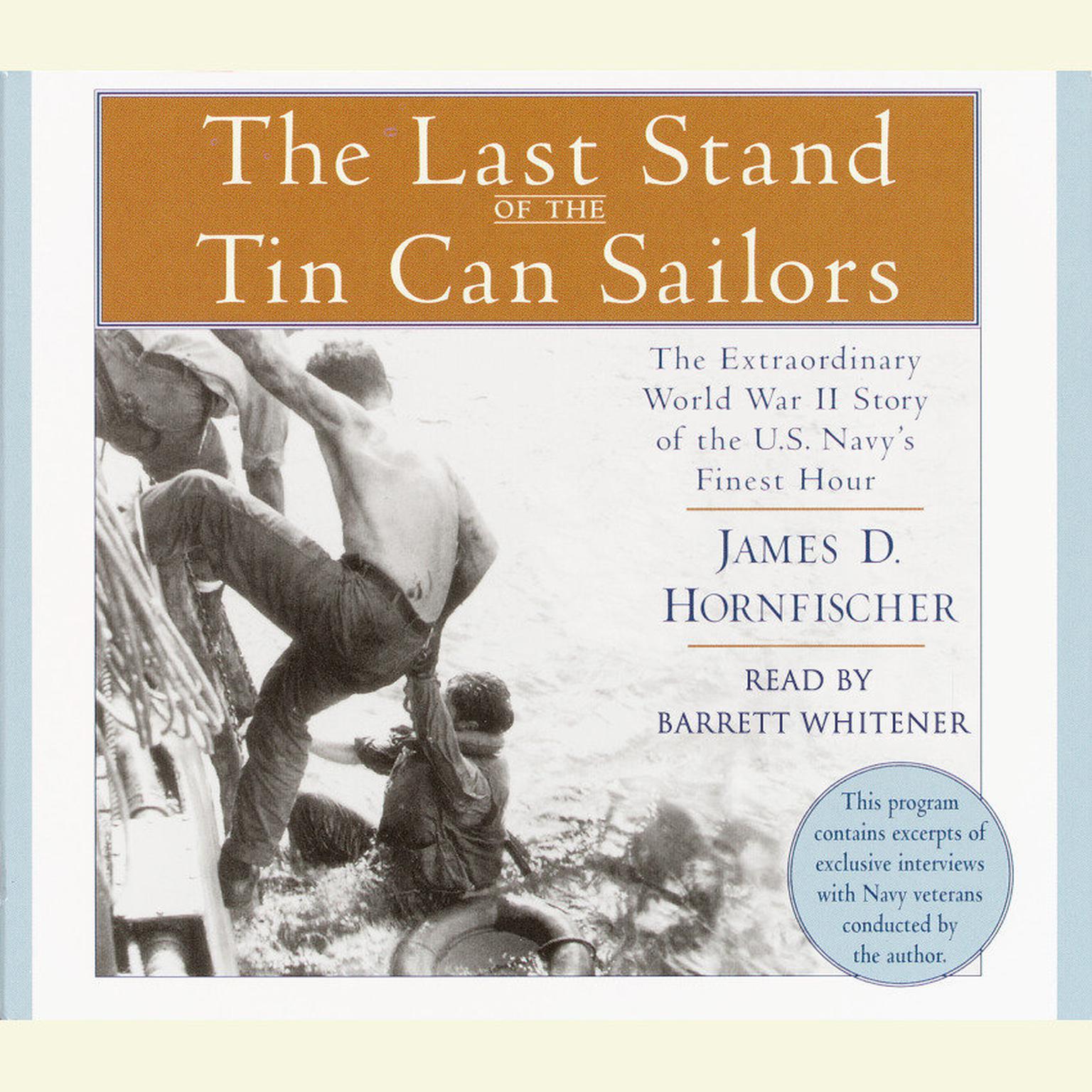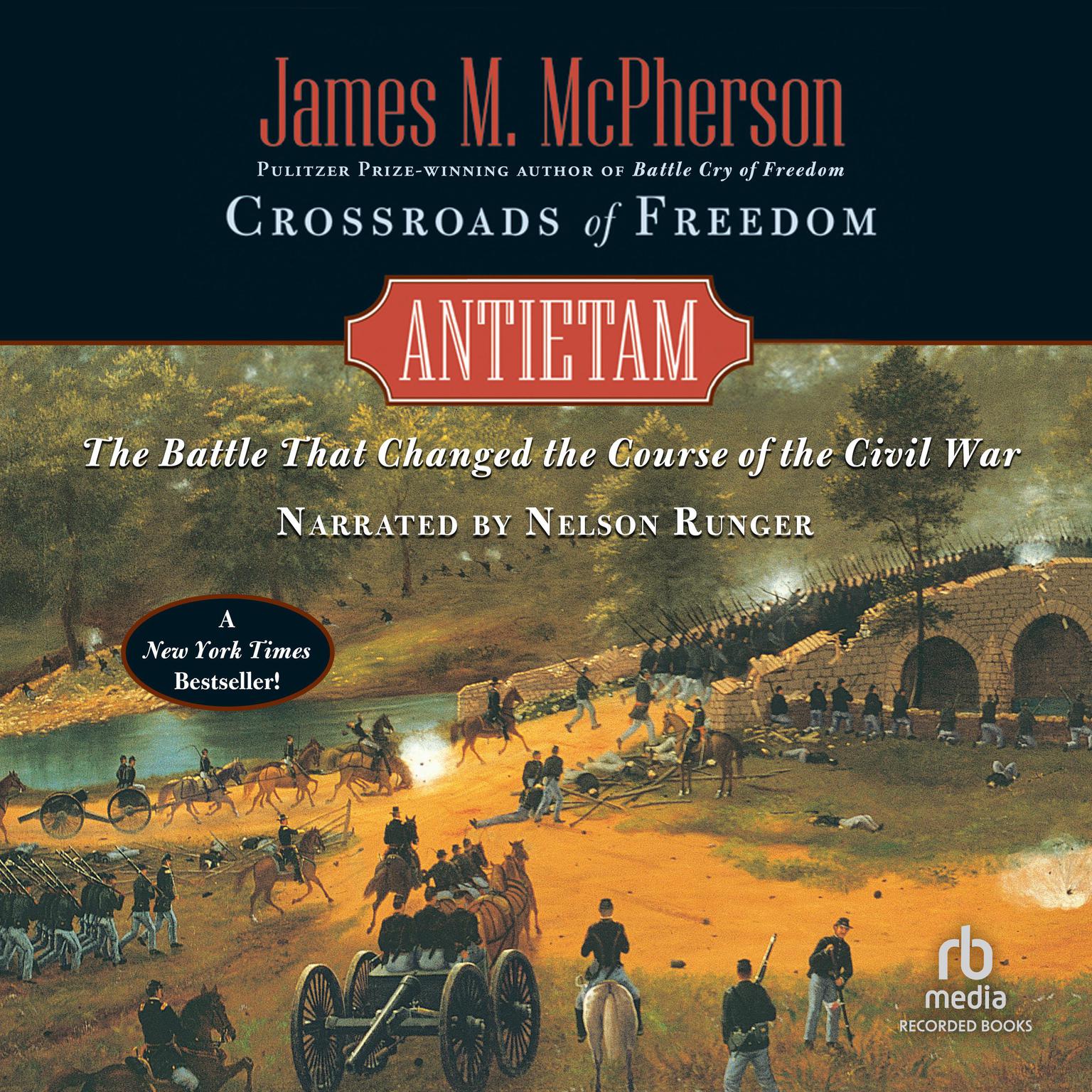Publisher Description
“This will be a fight against overwhelming odds from which survival cannot be expected. We will do what damage we can.” With these words, Lieutenant Commander Robert W. Copeland addressed the crew of the destroyer escort USS Samuel B. Roberts on the morning of October 25, 1944, off the Philippine Island of Samar. On the horizon loomed the mightiest ships of the Japanese navy, a massive fleet that represented the last hope of a staggering empire. All that stood between it and Douglas MacArthur’ s vulnerable invasion force were the Roberts and the other small ships of a tiny American flotilla poised to charge into history. In the tradition of the #1 New York Times bestseller Flags of Our Fathers, James D. Hornfischer paints an unprecedented portrait of the Battle of Samar, a naval engagement unlike any other in U.S. history—and captures with unforgettable intensity the men, the strategies, and the sacrifices that turned certain defeat into a legendary victory. Praise for The Last Stand of the Tin Can Sailors “One of the finest WWII naval action narratives in recent years, this book follows in the footsteps of Flags of Our Fathers. . . . Exalting American sailors and pilots as they richly deserve. . . . Reads like a very good action novel.”—Publishers Weekly “Reads as fresh as tomorrow’s headlines. . . . Hornfischer’s captivating narrative uses previously classified documents to reconstruct the epic battle and eyewitness accounts to bring the officers and sailors to life.”—Texas Monthly “Hornfischer is a powerful stylist whose explanations are clear as well as memorable. . . . A dire survival-at-sea saga.”—Denver Post “In The Last Stand of the Tin Can Sailors, James Hornfischer drops you right into the middle of this raging battle, with 5-inch guns blazing, torpedoes detonating and Navy fliers dive-bombing. . . . The overall story of the battle is one of American guts, glory and heroic sacrifice.”—Omaha World Herald
Download and start listening now!
“This is now one of my favorite World War II histories. It focuses on one event; the Japanese navy’s nearly successful attempt to thwart the American’s effort to recapture the Philippines. Were it not for the bravery of the navy’s back up forces, the main attack might have failed. Out-manned, American destroyers took on the much more heavily armed Japanese battleships and cruisers, driving into the teeth of the enemy. In spite of losing the only aircraft carrier sunk by an enemy ship in the entire war, the rear guard of the American naval forces made a determined stand. Land based American fighters buzzed and harassed the attacking Japanese force and continued to hound them even when they were out of ammunition. Perhaps because of this fanatic defense the Japanese admiral, even while on the threshold of victory, decided to turn his force around.”
—
Gary (5 out of 5 stars)











